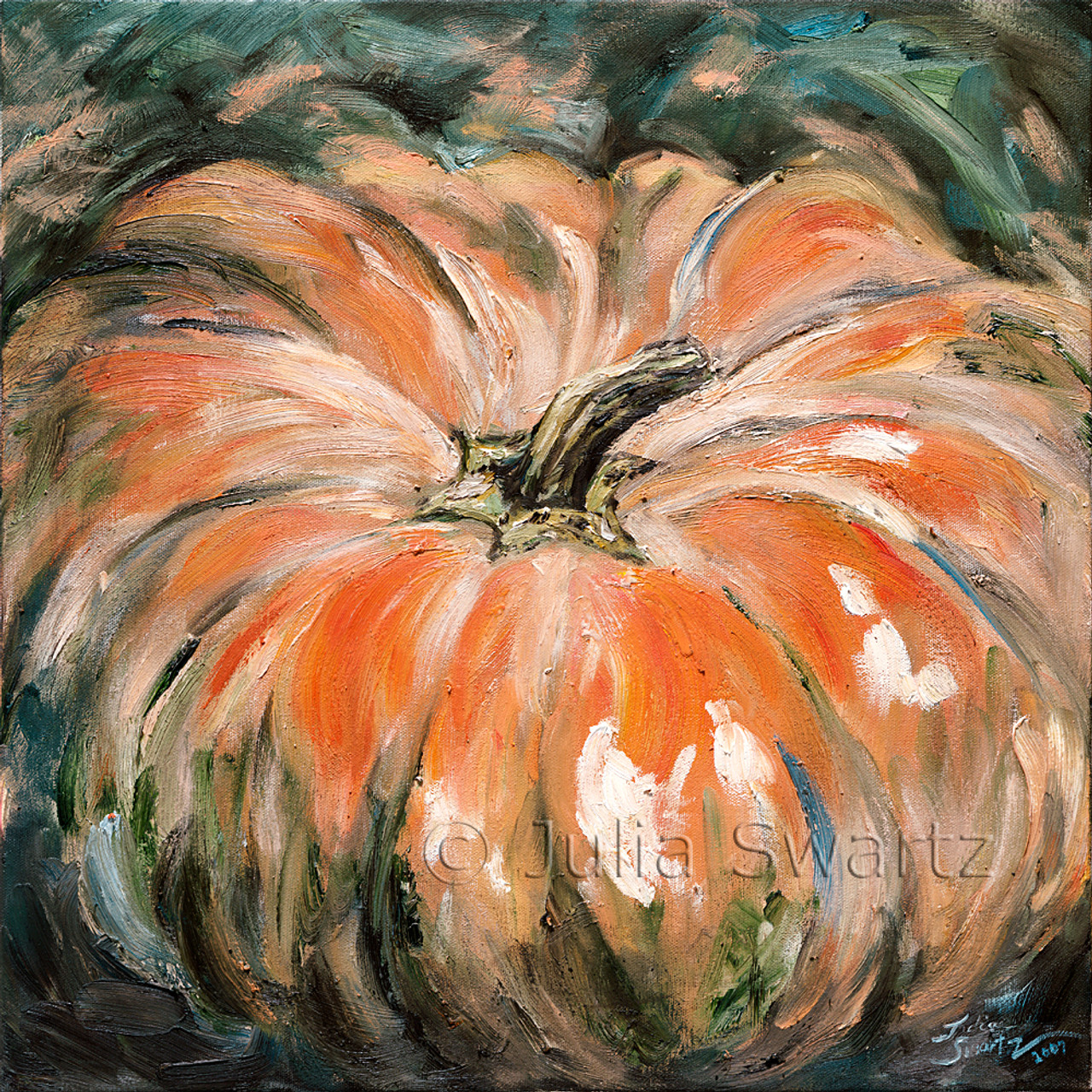Hand-Painted Masterpieces: Oil Paintings for Sale by Artists
Hand-Painted Masterpieces: Oil Paintings for Sale by Artists
Blog Article
The Advantages of Purchasing Oil Paintings: Why They Are a Timeless Investment
The benefits of getting oil paintings extend beyond mere aesthetic appeals. These artworks bring historical significance and social value, making them beneficial enhancements to any kind of collection. Their unique appearances and techniques add to an appealing aesthetic experience. Established musicians usually see their work value over time, offering a possible financial advantage. As one discovers the multifaceted reasons for investing in oil paintings, the much deeper implications of such an option become progressively obvious
The Visual Appeal of Oil Paints
The appeal of oil paints depends on their abundant appearances and vivid colors, which can change any area into a remarkable atmosphere. These artworks have a depth that astounds viewers, attracting them right into the complexities of the brushstrokes and the interplay of light and shadow. The shiny finish of oil paint improves the aesthetic experience, enlivening scenes and subjects in a way that tools typically can not attain. Additionally, the selection of styles-- from classical to contemporary-- permits a varied selection that can complement any type of design. The emotional vibration conveyed through shade selections and techniques includes a layer of link between the artwork and the onlooker, making oil paintings not just ornamental products, however effective expressions of artistic vision.
Historical Significance and Cultural Value
Oil paints act as vital web links to an imaginative heritage, showcasing methods and styles that have actually developed over centuries. They encapsulate cultural expressions and identities, showing the values and narratives of their time. By obtaining these works, individuals contribute to the conservation of history and the gratitude of diverse social legacies.
Artistic Heritage Conservation
While numerous might forget the relevance of artistic heritage, buying oil paintings plays a vital duty in maintaining historical and cultural narratives. These artworks work as aesthetic paperwork of their time, recording the significance of social values, practices, and historic occasions. By obtaining oil paints, collection agencies add to the guarding of cultural heritages, making certain that future generations can learn and value from these imaginative expressions. Each piece shows the one-of-a-kind tale of its designer and the context in which it was made. In addition, the continued gratitude and display of oil paintings in different settings assist to foster an understanding of varied creative activities, enhancing the cultural landscape. Spending in oil paints is not simply an economic choice however an act of social stewardship.
Cultural Expression and Identification
Art offers as an effective tool for cultural expression and identity, reflecting the diverse narratives that form societies. Oil paintings, particularly, record the essence of social heritage, highlighting historical contexts and sociopolitical climates. Each brushstroke shares tales and emotions distinct to particular practices, enabling audiences to engage with the artist's social history. This link fosters a feeling of belonging and understanding among various neighborhoods. In addition, oil paintings frequently work as aesthetic paperwork of cultural evolution, showcasing changes in identification gradually. The investment in these artworks not just supports artists however additionally maintains social legacies, making them considerable assets for enthusiasts. Ultimately, oil paintings boost one's appreciation for the details of human experience and the rich tapestry of cultural identity.
Gratitude in Worth In Time

The recognition of oil paints in time is influenced by numerous elements, including historic value patterns that mirror transforming tastes and cultural significance. In addition, the credibility of the artist plays a crucial duty in determining the artwork's market value, typically enhancing as the artist gains acknowledgment. Market need changes can better influence prices, making oil paints a possibly profitable investment for collectors.
Historic Value Patterns
As enthusiasts look for to purchase tangible possessions, the historic value fads of oil paintings disclose a compelling story of recognition gradually. Historically, oil paints have demonstrated a constant higher trajectory in worth, especially for jobs by well established artists. Economic cycles and market need have actually influenced these fads, with durations of raised passion usually causing substantial price rises. Auction records frequently highlight the amazing returns accomplished by renowned items, better strengthening the notion of oil paints as feasible long-lasting financial investments. Furthermore, social motions and shifts in enthusiast choices have actually occasionally spurred unexpected admiration, exposing that the art market, while somewhat unforeseeable, generally prefers high quality oil paintings. Recognizing these historical fads can assist financiers in making notified choices.
Artist Reputation Impact
While the reputation of a musician plays a crucial function in the admiration of oil paints, it is vital to acknowledge that this influence can vary considerably based on a number of factors. Developed musicians, specifically those with a substantial historical or cultural impact, tend to see their works appreciate a lot more rapidly. On the other hand, lesser-known or arising artists might not experience the same degree of need, impacting their art work's value. Furthermore, the musician's ability to create a regular body of work and keep relevance in the art world can influence long-term admiration. Collectors usually seek works from musicians who are recognized by trustworthy galleries and organizations, which can even more improve the value of an oil painting gradually, making musician online reputation a vital factor to consider in investment choices.

Market Demand Fluctuations
Exactly how do market demand fluctuations affect the admiration of oil paintings in time? The value of oil paints is intrinsically connected to market need, which can vary based upon economic conditions, patterns, and enthusiasts' preferences. In times of financial success, need commonly rises, causing increased prices as more customers enter the marketplace. On the other hand, throughout economic slumps, need may decrease, causing worths to go stale or perhaps decline. Furthermore, the appeal of particular artists can change, affecting their job's charm. Inevitably, recognizing market demand is crucial for investors, as well-managed collections can value considerably gradually, reflecting both the skill of the musician and the wider market dynamics. This interplay highlights the relevance of strategic buying in oil paint financial investments.
Unique Structures and Techniques
Oil paintings captivate viewers with their distinctive textures and techniques, showcasing the musician's proficiency over the medium. The thick application of paint, understood as impasto, develops a three-dimensional result, welcoming touch and boosting aesthetic depth. Musicians frequently employ numerous brush strokes, layering, and glazing techniques to attain detailed information and luminescent shades. This adaptability permits abundant contrasts and refined changes, making each artwork distinctively expressive. Additionally, the sluggish drying time of oil paint allows artists to mix shades flawlessly, leading to smooth slopes and lively colors. These techniques add to the painting's overall personality, making it a compelling centerpiece. Each oil painting serves as an indicator of the creativity and skill integral in conventional artistic techniques.
Adaptability in Home Decor
The special textures and methods of oil paints not only display imaginative skill however additionally boost their flexibility in home style. These artworks can seamlessly enhance different interior designs, from modern minimal to conventional beauty. Oil paints act as centerpieces, attracting focus and stimulating conversation amongst guests. Their rich shades and depth can integrate with different shade schemes, making them adaptable to transforming design fads. Furthermore, the psychological vibration of oil paints can develop atmosphere, whether it be heat in a comfy living room or vibrancy in an innovative workspace. By incorporating oil paints, homeowners elevate their spaces, transforming them into thoughtfully curated settings that show individual preference and imaginative gratitude. Eventually, oil paintings are an enduring choice for boosting home appearances.
Link to Prominent Musicians
While lots of art forms can evoke adoration, buying oil paintings frequently establishes a distinct connection to renowned musicians throughout history. Having an oil paint permits enthusiasts to involve with the innovative visions of masters like Van Gogh, Monet, and Rembrandt. Each brushstroke embodies the musician's feelings, techniques, and intents, using understanding into their world. This connection goes beyond time, as each item brings a narrative that reflects the historic and cultural context of its creation. Collection agencies not only acquire an artwork but additionally a fragment of the artist's heritage. As art fanatics check out the stories behind these paints, they acquire a deeper appreciation for the craftsmanship and imaginative activities that shaped their development, improving the value of their investment.
Psychological and Mental Advantages of Art
Art frequently offers as an effective driver for psychological and mental well-being. The existence of oil paintings in a home can evoke a variety of feelings, from serenity to ideas. Their lively shades and detailed information provide visitors a getaway, enabling representation and consideration. Researches suggest that engaging with art can reduce tension and anxiousness, cultivating a sense of tranquility. Additionally, having initial artwork can develop a personal link, improving feelings of pride and delight. This psychological bond often causes a deeper recognition of one's environments, changing a home into a home. Inevitably, the psychological advantages of art expand past aesthetics, adding to total psychological wellness and improving life experiences.

Regularly Asked Questions
Just how Do I Select the Right Oil Painting for My Area?
Picking the appropriate oil painting includes considering the area's color pattern, size, and general visual. One must evaluate individual taste, the paint's emotional effect, and how well it matches existing style prior to choosing.
What Elements Influence the Value of an Oil Paint?
The value of an oil painting is affected by factors such as the artist's track record, provenance, historical importance, rarity, market, and problem demand. Each component adds to overall worth and charm among collection agencies.
Just How Can I Look After and Keep My Oil Painting?
To take care of and keep an oil paint, one should routinely dirt it with a soft cloth, prevent straight sunlight exposure, control moisture degrees, and think about expert cleaning to protect its vibrancy and stability.
Are There Specific Artists Recognized for Their Oil Paints?
Various musicians are renowned for their oil paints - oil paintings for sale. Significant numbers include Vincent van Gogh, Claude Monet, and Rembrandt, each commemorated for their unique methods and payments to the art globe with lively, distinctive oil tools
Where Can I Purchase Genuine Oil Paintings?
Genuine oil paintings can be purchased from reliable galleries, art fairs, and on-line platforms focusing on art. Collectors need to verify the authenticity and provenance before purchasing to ensure a valuable financial investment. Historically, oil paintings have oil paintings for sale shown a constant upward trajectory in value, especially for works by well established artists. While the credibility of an artist plays a necessary function in the appreciation of oil paints, it is important to acknowledge that this impact can vary substantially based on a number of aspects. Oil paintings astound customers with their distinctive appearances and methods, showcasing the artist's proficiency over the tool. While many art types can stimulate appreciation, buying oil paints commonly establishes a distinct link to distinguished artists throughout background. The value of an oil paint is influenced by factors such as the musician's reputation, provenance, historic value, market, rarity, and problem demand.
Report this page